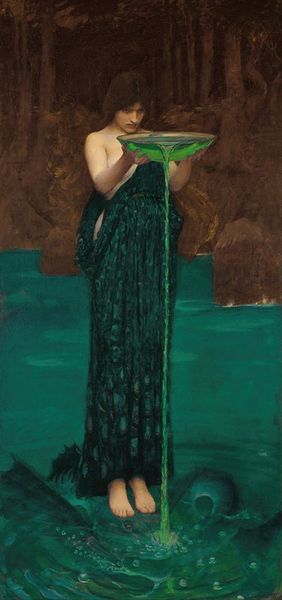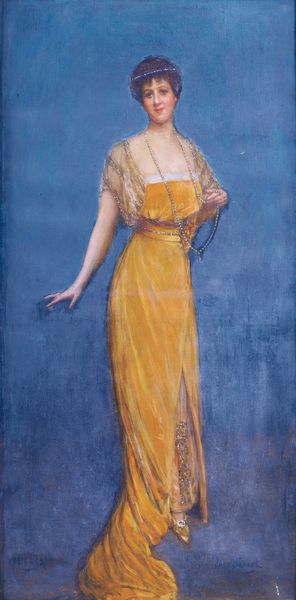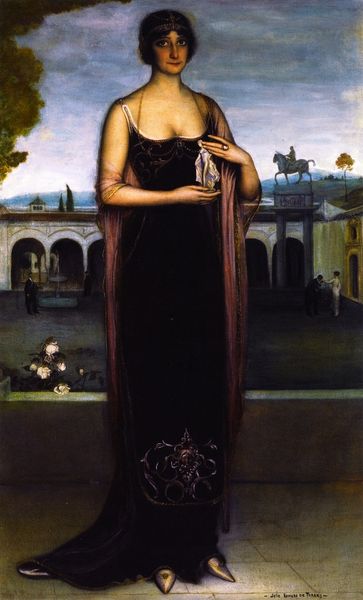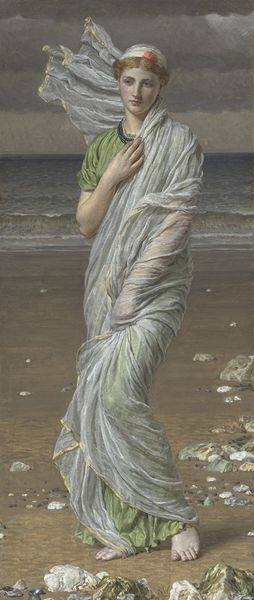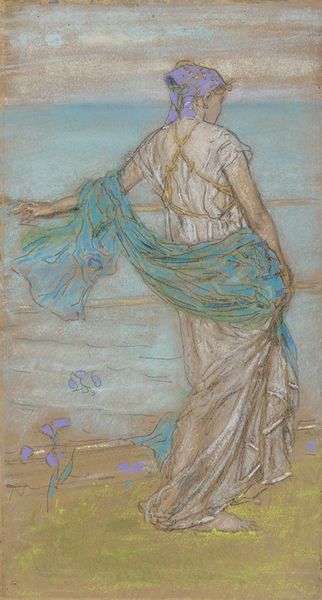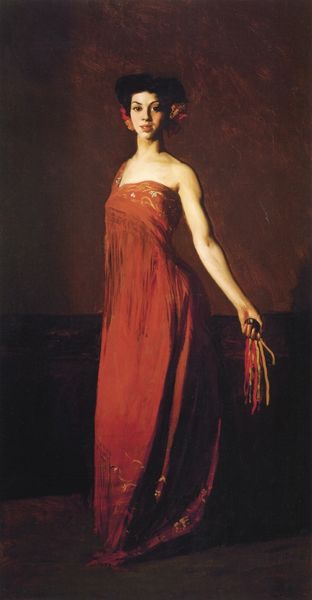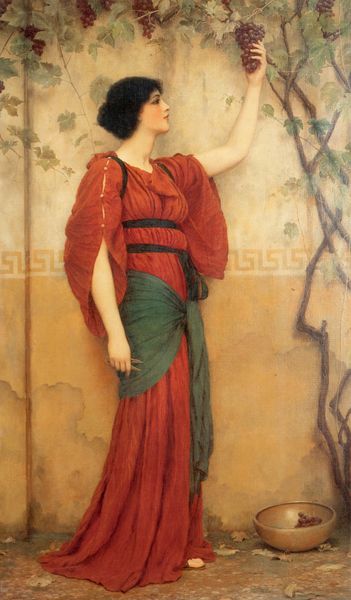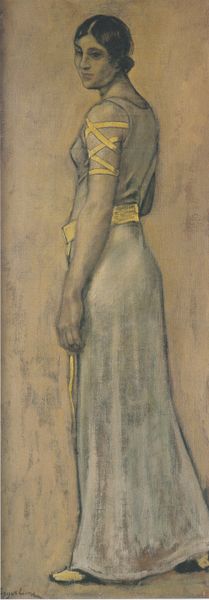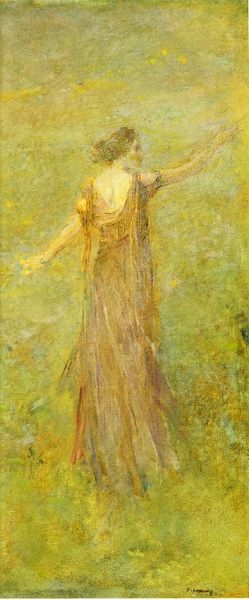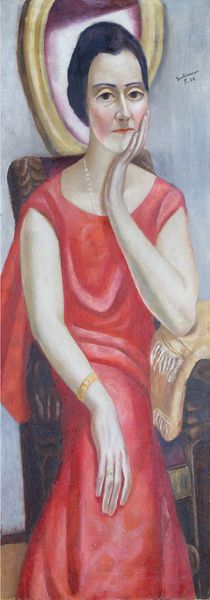
painting, oil-paint
#
painting
#
oil-paint
#
landscape
#
figuration
#
oil painting
#
roman-mythology
#
mythology
#
symbolism
#
history-painting
#
pre-raphaelites
#
nude
Dimensions: 87.4 x 180.7 cm
Copyright: Public domain
John William Waterhouse painted Circe Invidiosa with oil on canvas, we think, sometime around 1892. Waterhouse and his contemporaries were consumed by the themes of mythology, romanticism, and a fascination with the power of female figures. Here, we see Circe, a sorceress from Homer’s Odyssey, as anything but a passive figure. The painting captures the moment she poisons the water to transform her rival, Scylla, into a sea monster. Waterhouse emphasizes Circe's agency by depicting her in the act of wielding her power. Her gaze is intense, and her posture suggests determination. Invidiosa is Latin for ‘jealous’ and the title signals Waterhouse's focus on Circe's motivations. Circe wasn’t always presented as the villain, but with this title, Waterhouse seems to reinforce a traditional narrative around female rivalry and the dangers of female power. It’s as though Waterhouse asks us, what happens when women compete? Are envy and malevolence inevitable? As you reflect on the painting, consider how these tropes resonate today.
Comments
No comments
Be the first to comment and join the conversation on the ultimate creative platform.
